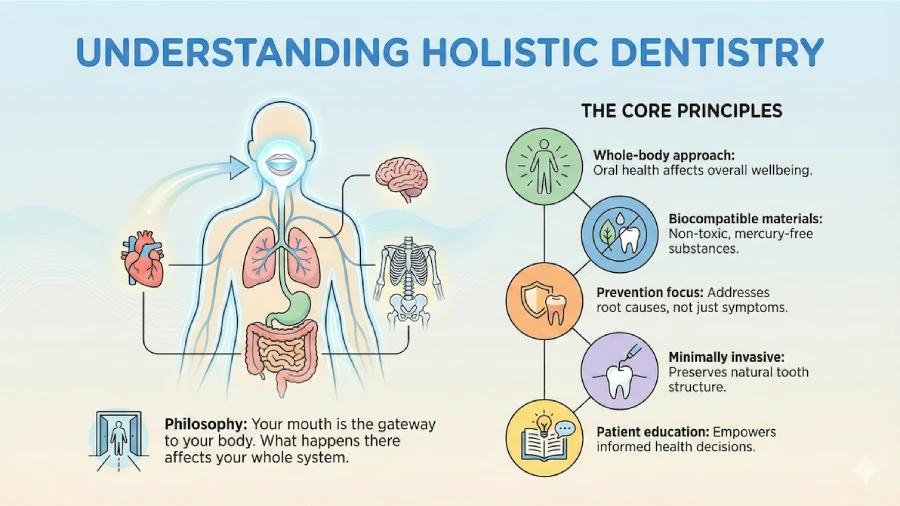Frequently Asked Questions
FAQs – Excessive Screen Time and its Impact on Children’s Health
Q. What is screen time overload?
Screen time overload refers to excessive screen time or prolonged periods of time spent in front of a screen, whether it be a tablet, computer, smartphone, or any other electronic device.
Q. How Does Screen Time Affect Your Posture?
Screen time affects posture by encouraging improper body alignment while using devices. Users tend to lean forward with their heads tilted down when looking at screens, causing strain on the neck and spine.
Q. What Are the Effects of Prolonged Screen Time on Child Development?
Prolonged time focusing on screens impacts children’s physical health through postural stress as well as their mental well-being due to reduced social interaction opportunities. It also interferes with sleep patterns and increases the risk of obesity from sedentary behaviour.
Q. Can Excessive Screen Time Lead to Physical Ailments Like Poor Posture or Headaches?
Yes, extended screen usage can contribute to various physical ailments such as poor posture caused by constant hunching over devices; tension headaches from eye strain; carpal tunnel syndrome due to repetitive motions; dry eyes from staring at screens without blinking frequently enough; and even obesity due to decreased exercise and activity levels.
Q. What is Blue Light, and How Does it Relate to Screentime?
Electronic screens emit blue light and have been linked to issues such as disrupted sleep patterns, as they can affect the brain’s production of melatonin. Limiting exposure to blue light can be important in reducing the negative impacts of excessive screen time.
Q. What is the Recommended Amount of Screen Time Per Day for Children?
While opinions vary, according to the American Academy of Pediatrics, children ages 2-5 should have no more than one hour of screen time per day, while children ages six and older should have a limit and balance their screen time with other activities such as physical exercise, socialising, and reading print media.
Q. What is the Relationship Between Screen Time and Physical Activity?
Excessive screen use and a sedentary lifestyle can lead to decreased physical activity, leading to obesity and other health problems. Encouraging children to balance their screen time with activities requiring movement and exercise is a good idea.
Q. What is Computer Vision Syndrome?
Computer vision syndrome is a condition that can arise from spending too much time looking at a screen. Symptoms can include blurry vision, headaches, and eye strain. It’s essential to take breaks from looking at screens and adjust the distance between the eyes and the screen to give the eyes a break and the ability to change focus.
.
References and Resources
Further Reading for Understanding and Managing Excessive Screentime in Children
- Physical Activity and Exercise Guidelines: The Department of Health provides comprehensive 24-hour movement guidelines suitable for all age groups. These guidelines can be valuable for parents and caregivers looking to balance screentime with physical activity. Department of Health Website
- 24-Hour Movement Guidelines for Children and Young People: The Department of Health report provides detailed evidence supporting the 24-hour movement guidelines specifically designed for children (5–12 years) and young people (13–17 years). It integrates aspects of physical activity, sedentary behaviour, and sleep. Department of Health Report
- Impact of Digital Technology on Australian Children: The Gonski Institute of Education (UNSW) conducted research titled “Growing up Digital Australia” that provides an overview of the impact of digital technology on Australian children. Gonski Institute of Education Research
- Resources on Physical Activity and Sedentary Behaviour: The Department of Health offers a collection of brochures, fact sheets, and posters based on the 24-hour movement guidelines. These resources can educate families and promote awareness about the importance of physical activity and the dangers of sedentary behaviour. Department of Health Resources
- Children’s Screentime in Australia: This chapter from the Longitudinal Study of Australian Children provides insights into the screentime habits of Australian children. Longitudinal Study of Australian Children
- Managing Screen Time: This webpage, by raisingchildren.net.au, offers practical strategies to help parents manage and reduce screen time for children aged 3–11. Raising Children Website
- Screentime and kids: What’s happening in our homes? Home-based screen time behaviours amongst youth and their parents: Familial typologies and their modifiable correlates. BMC Public Health,





